We all use technology every day in various forms, but the one that probably matters the most for you is your smartphone. The iPhone is Apple’s most popular product — you can’t go outside and not see someone with an iPhone of some kind. And since we rely so much on the smartphone, in this case, the iPhone, we should ensure that it’s fast, reliable, and future-proof for at least a few years.
So which model is the best for most people? This time, we aren’t recommending Apple’s flagship device, the iPhone 14. Instead, it’s the iPhone 14 Pro. But, of course, there are other iPhones available (including the iPhone 14), and one of those might be a better choice, depending on your needs. Here are our recommendations.
This is the first time we’re recommending an iPhone Pro as the best iPhone for most folks. The reason we’re doing so comes down to two equally important points. First, the iPhone 14 Pro (and its larger brother, the iPhone 14 Pro Max) is simply the best iPhone ever created in terms of hardware and software. Second, Apple did its flagship device wrong this year. That device, the iPhone 14, is too similar to last year’s flagship, the iPhone 13, which makes us wonder why it was even released.
In a vacuum, the iPhone 14 is truly a great device. However, for the amount of money Apple expects us to spend on an iPhone, we believe there are better choices for most people, as you can read more about below.
Now, about the iPhone 14 Pro. Available in ffantasticsome colors, including gold, silver, Space Black, and Deep Purple, the iPhone 14 Pro is fulluniquezing new features, starting with Dynamic Island. As mentioned in our iPhone 14 Pro review, Dynamic Island is “just an absolute delight to use.” The feature uses hardware and software to offer a new way of interacting with notifications. It’s housed where the iPhone notch used to be and fluidly changes, depending on what you’re doing. The result is something that changes the overall iPhone experience and one that should only get better as third-party developers begin incorporating it with their app designs.
The iPhone 14 Pro Max is also noted for the advanced A16 chip mentioned above. The chip has a 6-core CPU with two performance and four efficiency cores, a 5-core GPU for faster graphics performance, and a 16-core Neural Engine. Called the “ultimate smartphone chip” by Apple, the A16 can handle any workload you throw at it smoothly and efficiently, with the 16-core Neural Engine being able to perform 17 trillion operations per second. In addition, with the new Photonic Engine, gamers can expect even better performance with 50% more memory bandwidth than last year’s iPhone 13 Pro.
On the negative side, there’s no denying the iPhone 14 Pro is an expensive device and one that gets more cost prohibitive as more storage gets added. And yet, we believe its extras compared to the iPhone 14 are well worth the $200 price difference. And then there’s the Deep Purple hue. It’s amazing, but perhaps too light a color for most folks. When in doubt, look at one in a store before making a purchase.
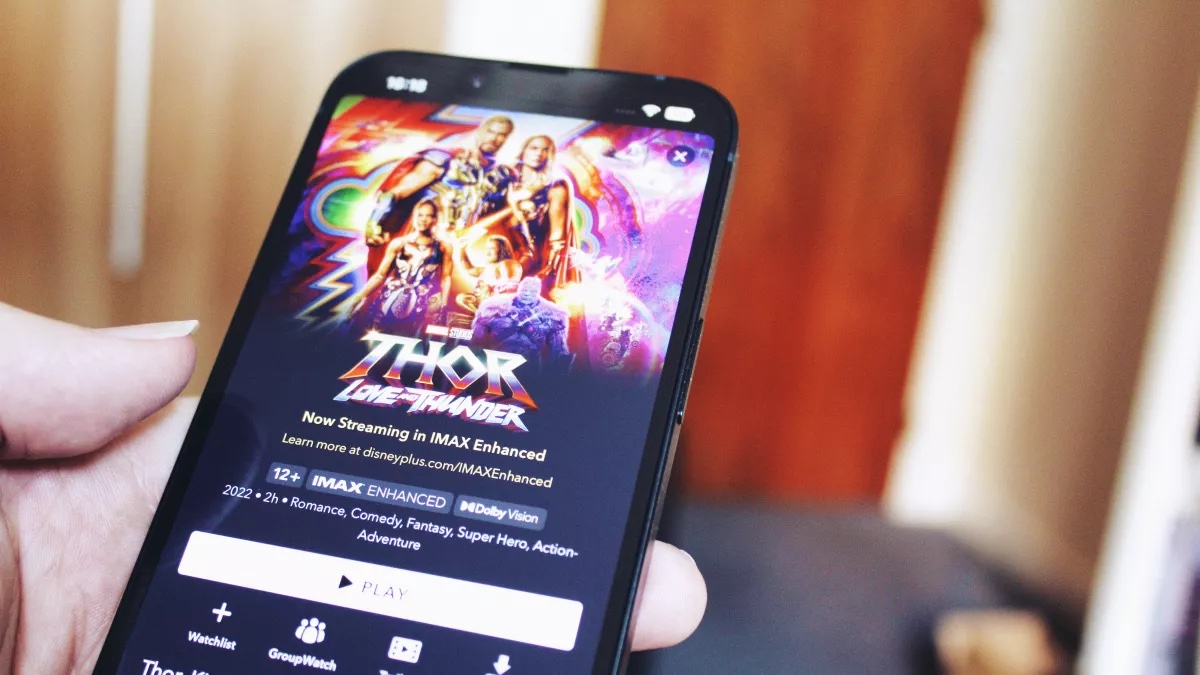
The iPhone 14 is perhaps the strangest iPhone ever released. The device has everything that made the iPhone 13 (see below) last year’s No. 1 iPhone, plus a few new features. Where the problem occurs, however, is when you compare it to the iPhone 14 Pro series, which is where Apple put most of the newest iPhone goodies this time around.
Let’s start with what makes the iPhone 14 a great device, then concentrate on some of our concerns.
As we first noted in the iPhone 14 review, this year’s flagship device offers better battery life, a slightly better camera, and all-new crash detection and SOS tools. The iPhone 14 also includes 6GB of RAM for the first time. In addition, the handset comes in five colors, including the traditional Midnight, Starlight, and purple, plus a newly shaded blue and (PRODUCT)RED.
If the iPhone 14 were the only iPhone on the market (remember those days?), there would be nothing to criticize. That’s not the case, however. For the first time, the chip found in the iPhone and iPhone Pro series isn’t the same. While the latter includes an all-new A16 chip, the iPhone 14 (and iPhone 14 Plus) keeps the A15 that first arrived on the iPhone 13 series in 2021. The A15 isn’t a bad chip. It’s still ahead of its class. And yet, since you can snag an iPhone 13 with the same chip for less, it might be worth your time to forgo to iPhone 14 and save some cash.
There’s also the issue of a 60Hz display. In 2022, this is somewhat unacceptable and keeps it behind some of its Android rivals. The iPhone 14’s glossy back also opens the device up for some criticism since it’s a fingerprint magnet.
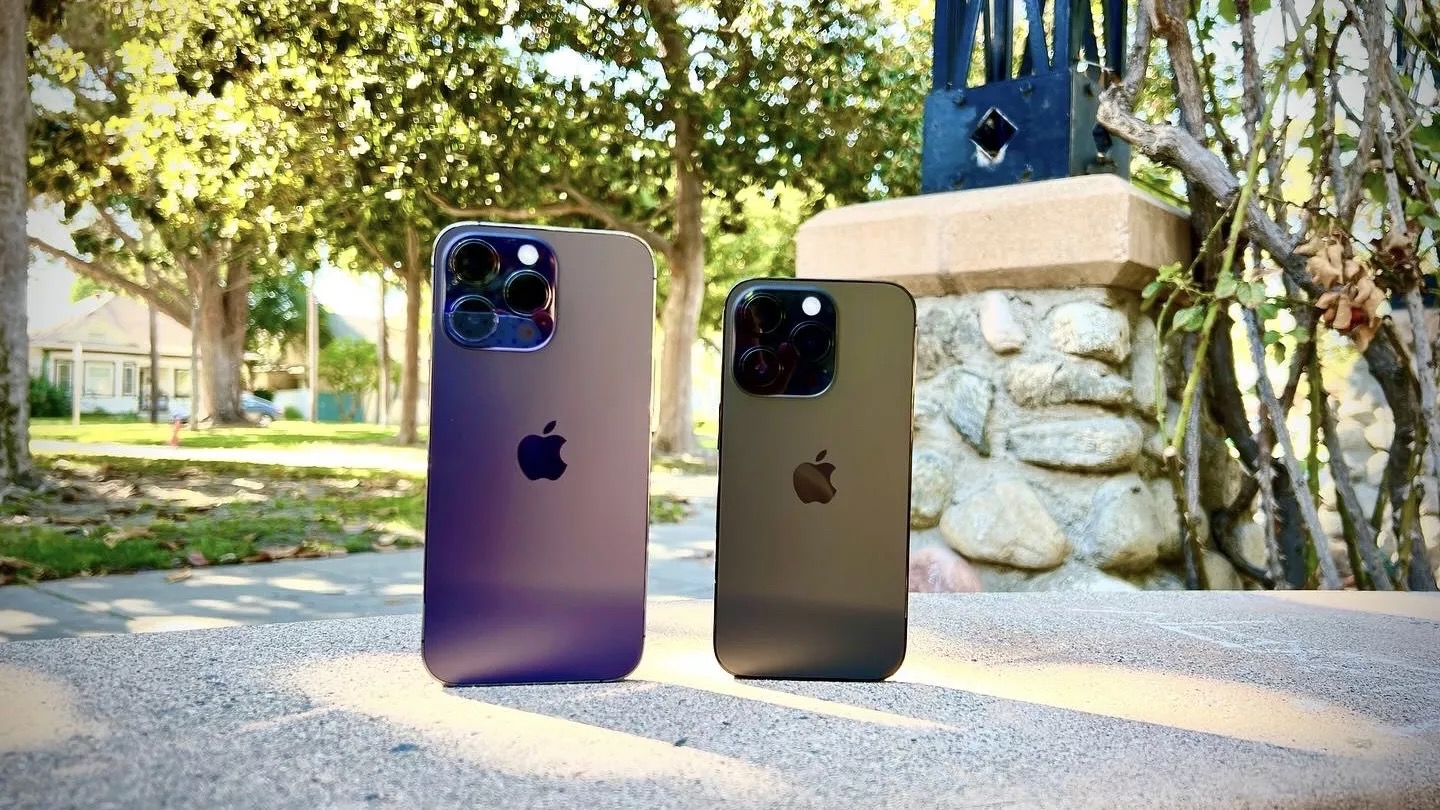
If you like everything about the iPhone 14 Pro but want something bigger, there’s the iPhone 14 Pro Max. Offering a 6.7-inch Super Retina XDR display, this model is identical to the smaller one except for the display and battery life.
On the former, it provides a 2796-by-1290-pixel resolution at 460 PPI. You can expect up to 29 hours between charges on the latter versus the 23 hours for the iPhone 14 Pro.
The bigger screen will cost you, as the Max is $100 more across all storage levels.
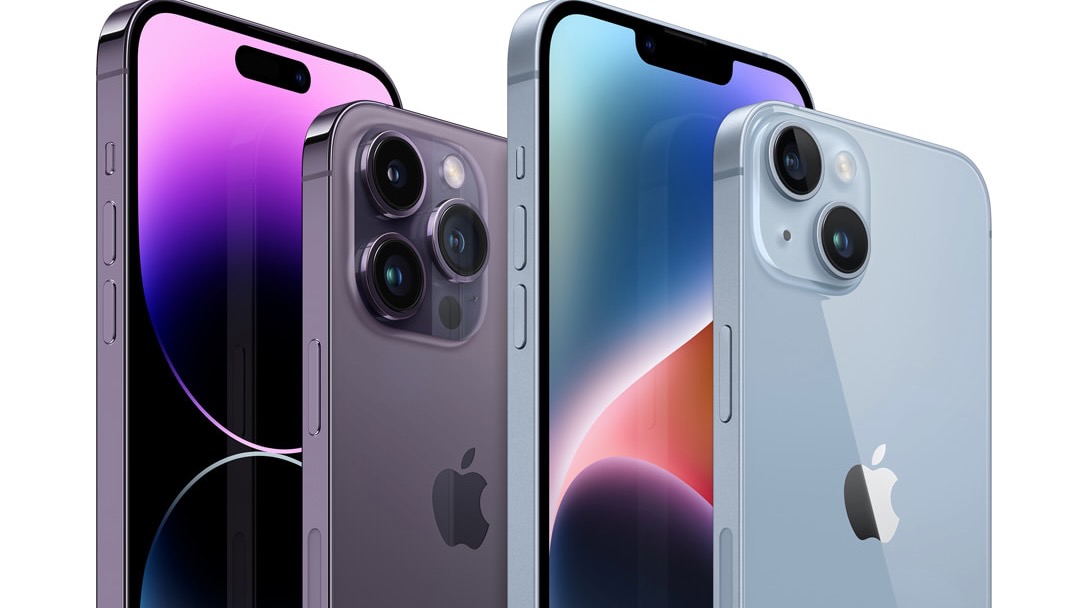
With the iPhone 14 series, Apple has replaced the mini version with something much bigger, the iPhone 14 Plus. Like the iPhone 14 Pro Max with the iPhone 14 Pro, the iPhone 14 Plus is identical to the iPhone 14 except for the screen size and battery life.
This iPhone offers a 6.7-inch Super Retina XDR display with a 2778-by-1284-pixel resolution at 458 PPI. And instead of the 20 hours of battery life promised on the iPhone 14, the iPhone 14 Plus offers up to 26 hours between charges. For this, once again, you’ll pay $100 extra.
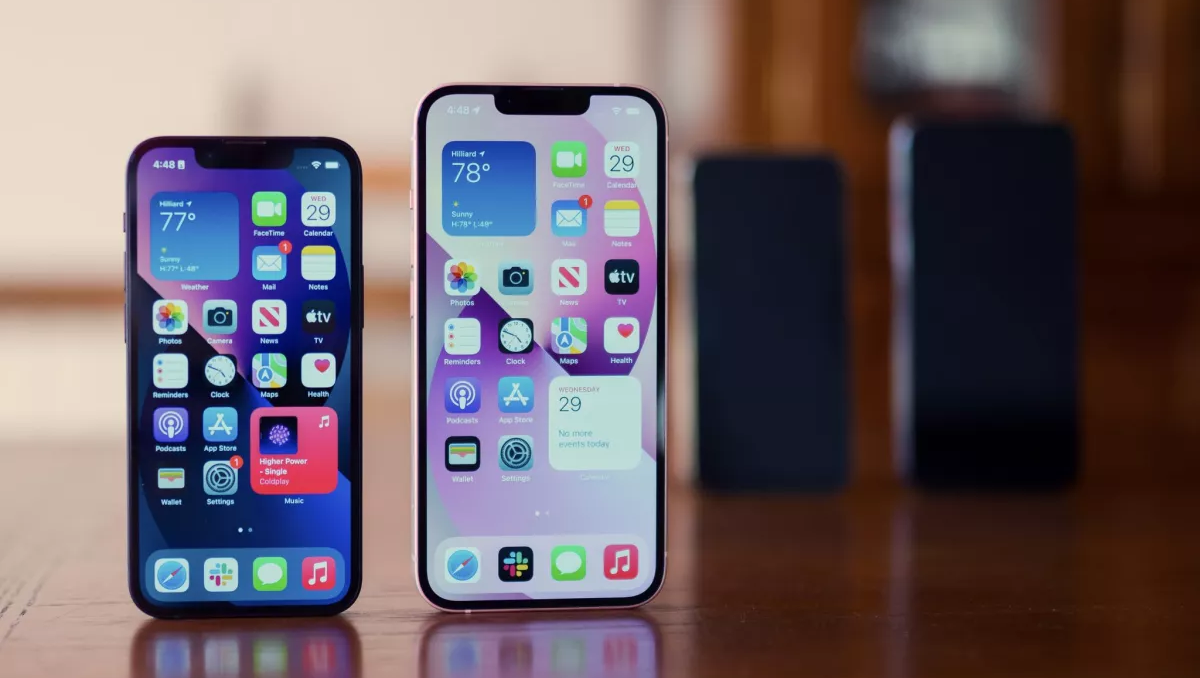
Apple’s previous flagship device, the iPhone 13, comes in suniqueing colors: Midnight, Starlight, blue, PRODUCT(RED), pink, and the mid-cycle refresh color: green. It also features a 6.1-inch Super Retina XDR display, which we praised in our review. YIn addition, youhave a Ceramic Shield on the front screen, which offers four times the drop performance of older iPhones, and a glass back and aluminum design on the rest of the body. Plus, it’s designed to work perfectly with the latest operating system.
Similar to the previous iPhone 12 lineup, the iPhone 13 comes with super-fast 5G connectivity, but this time with more band support. This means even faster download speeds and high-quality streaming, as long as your carrier offers it. The iPhone 13 also has the A15 Bionic chip, a 6-core CPU with two high-performance cores and four efficiency cores. You also get a 4-core GPU that gives you 30% faster graphics, and overall, the iPhone 13 is 50% faster than competing devices. It also has a 16-core Neural Engine for machine learning, allowing it to do 15.8 trillion operations per second. Pretty fast, right?
The iPhone 13 can also use the Apple MagSafe charger and the entire MagSafe ecosystem of accessories that debuted with the iPhone 12 last year. This means you can get MagSafe wireless chargers, wallets, and more. First, however, you’ll want to ensure that you have one of the best iPhone 13 cases.
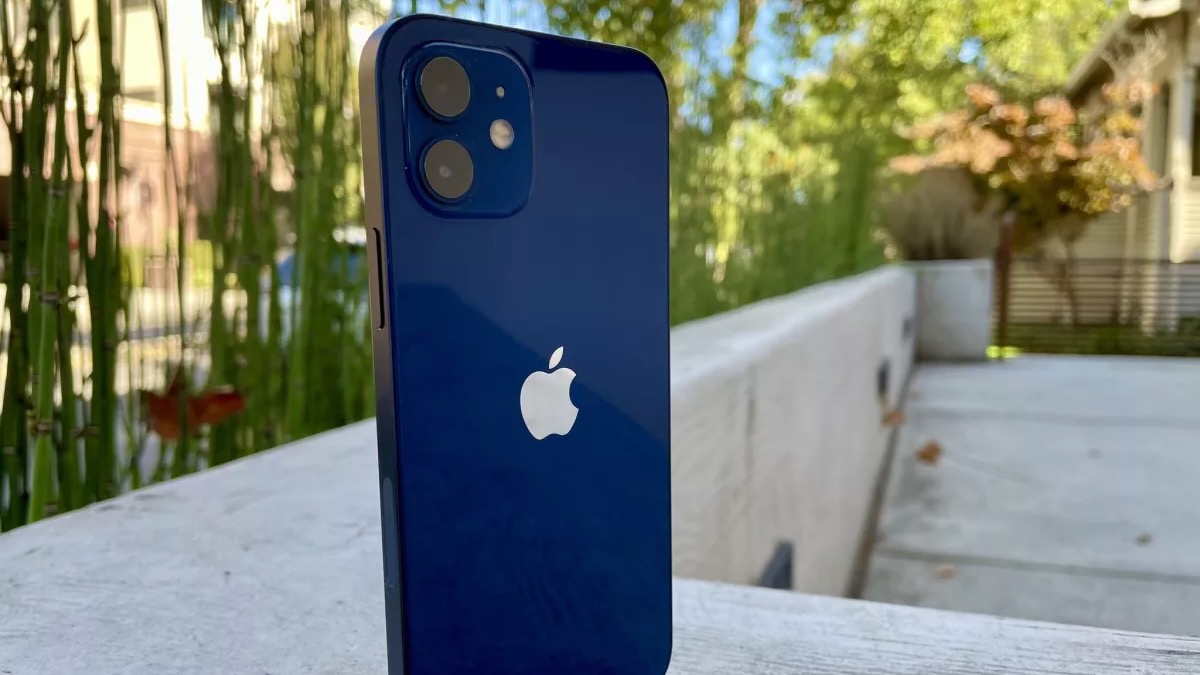
If you read our review of 2020’s flagship, the iPhone 12, you’ll know it is still a terrific choice for many buyers. Now it’s available at a lower price. The iPhone 12 has a 12MP dual-camera system with wide and ultra-wide lenses, an A14 Bionic chip, and a 6.1-inch Super Retina XDR display.
It uses Apple’s advanced Face ID biometric scanning (which also means the True Depth FaceTime camera), supports 5G, 4K, and Dolby Vision video recording support, Portrait mode for the front and back-facing cameras, Night mode, is compatible with MagSafe accessories, and a whole lot more. It may not have the latest silicon from Apple, but it’s still a fantastic device and will last at least several more years. This is a great pick for someone who wants a good, feature-rich smartphone but doesn’t want to spend top dollar.
The iPhone 12 might be an older phone, but it is still a great choice, especially with its awesome set of six colors.
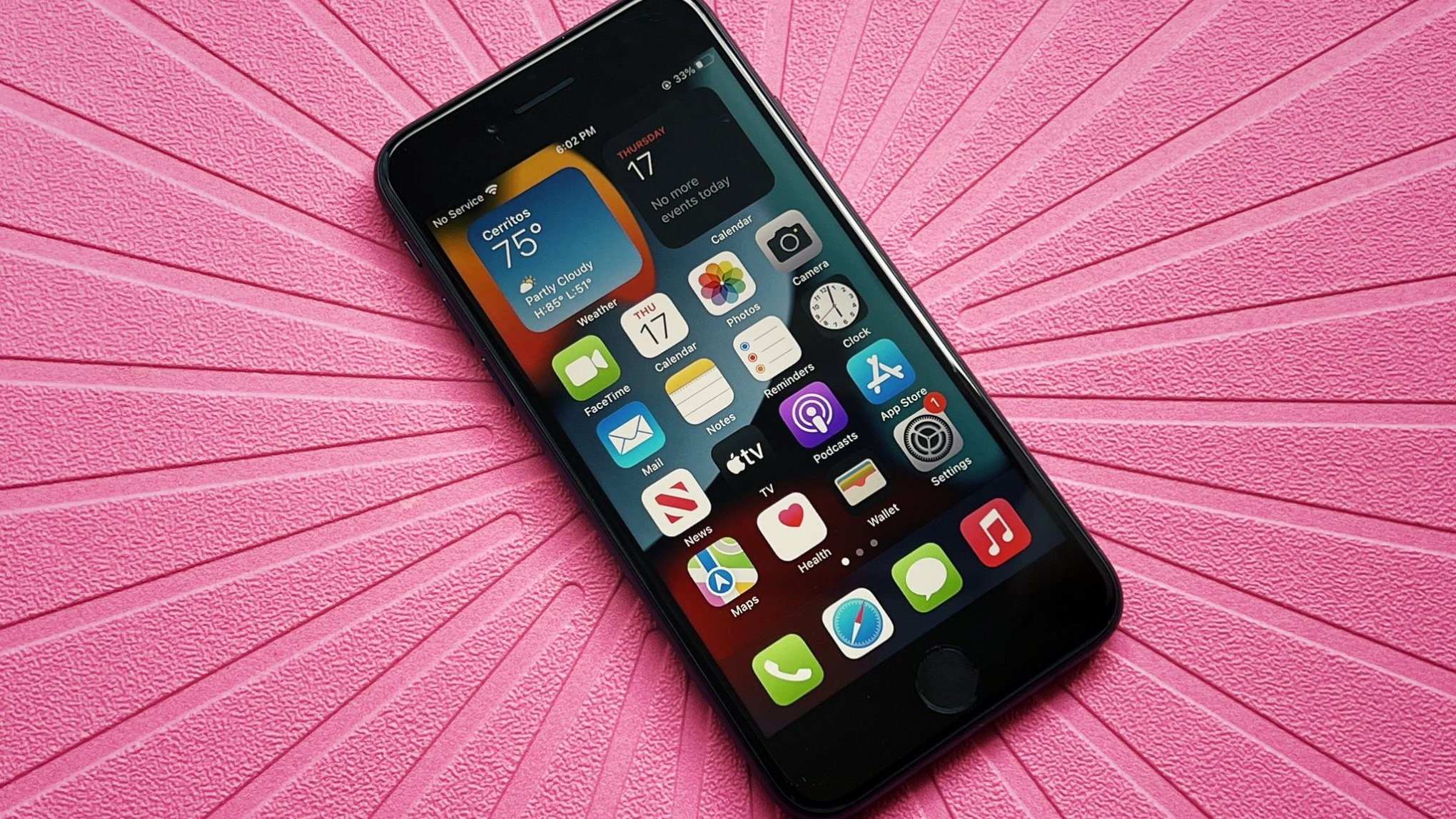
If your pocketbook is tight, the lowest-priced iPhone is the 4.7-inch iPhone SE (2022). As pointed out in our review, it’s not just a cheap phone, it’s just the right phone for certain demographics. It sports Apple’s A15 Bionic chip, a 12MP wide-angle camera with 5x digital zoom, Deep Fusion, Smart HDR 4, Photographic Styles, 4K video recording, 5G connectivity, and an improved battery over the previous model. It’s not Apple’s greatest iPhone ever, but it is Apple’s best low-cost iPhone, and you can get it for a song. This is the only phone with a Home button in Apple’s current lineup too, so if you prefer fingerprint scanning to facial scanning, this is the iPhone for you.
This is also a great pick for seniors. It’s most certainly the model I would recommend to my mom. She’s used to using a Home button and isn’t particularly interested in learning new tech. She doesn’t take a ton of photos, nor does she care about having “the latest” tech with all the bells and whistles. She just wants a phone to keep in her purse in case of emergencies, for texting with her grandkids, or to play the occasional game of Solitaire.
Though we’ve picked a different iPhone model as “best for kids,” the iPhone SE is also one to consider for your younger kid’s or tween’s starter smartphone. The smaller form factor is great for smaller hands. And the lower price point makes it an attractive option for kids who tend to drop or lose things more often than their parents would like.
If you’re new to the smartphone game or upgrading from an older model, this is newer tech at an incredibly low price.
The best iPhone is one that fits your needs
For the vast majority, we recommend the iPhone 14 Pro as the best iPhone for most people. It offers the latest A16 chip, an improved camera system, and Dynamic Island. However, if you find the display on the iPhone 14 Pro too small, consider the iPhone 14 Pro Max. It’s the same device … only bigger.










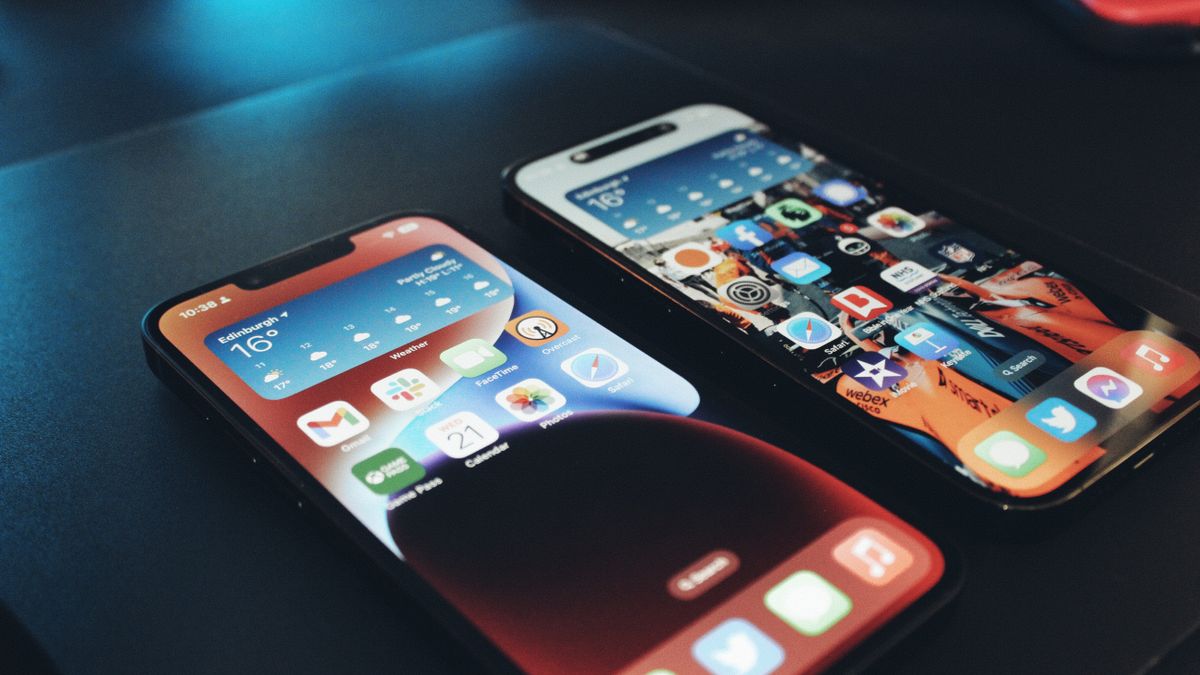
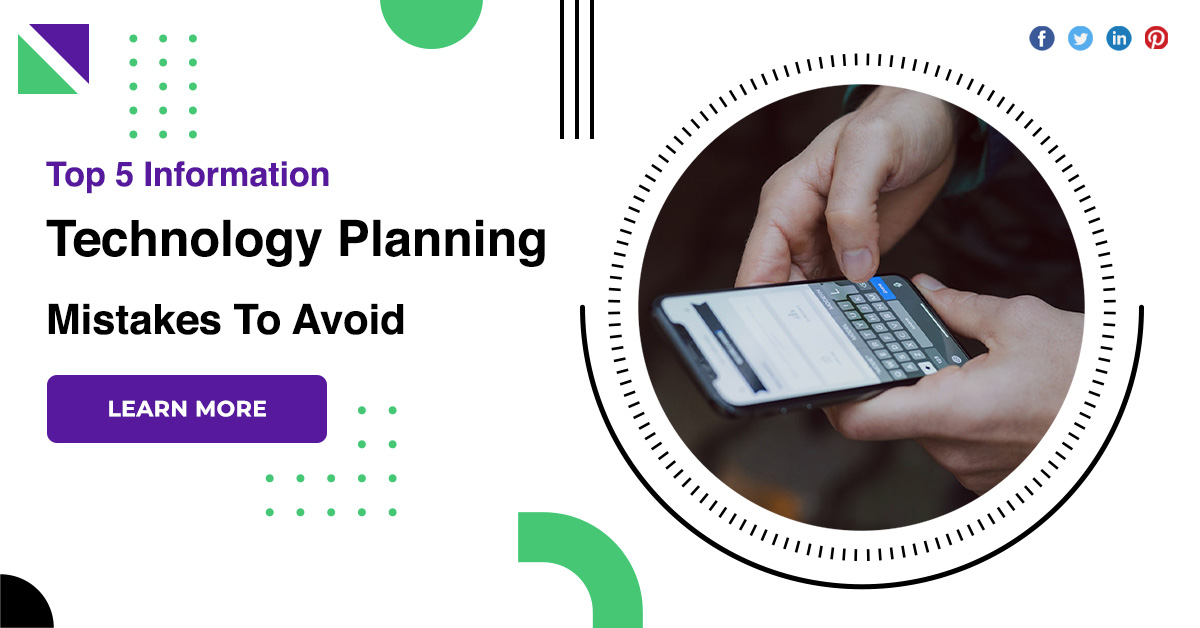


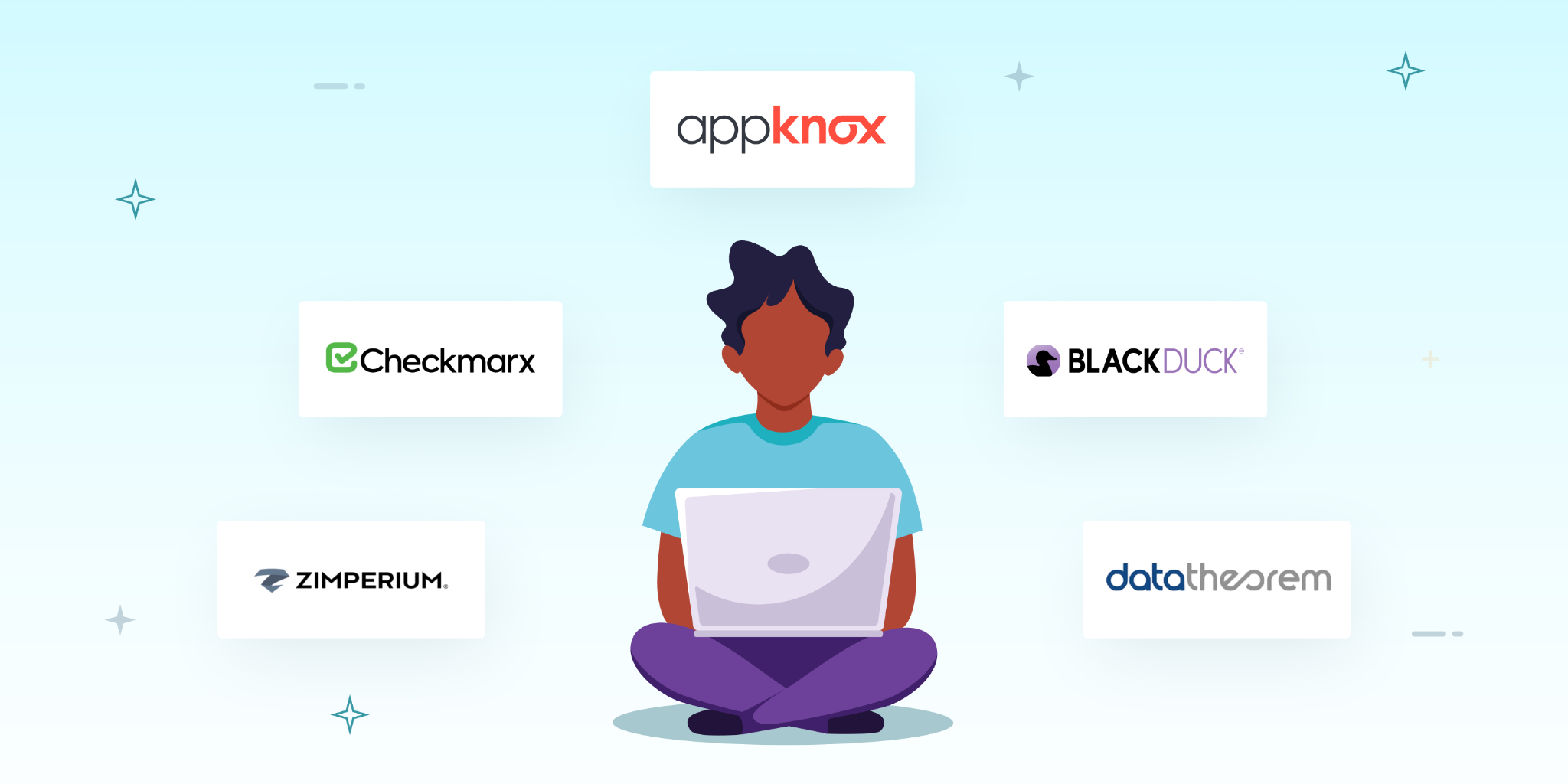



;Resize=(1180))

Discussion about this post